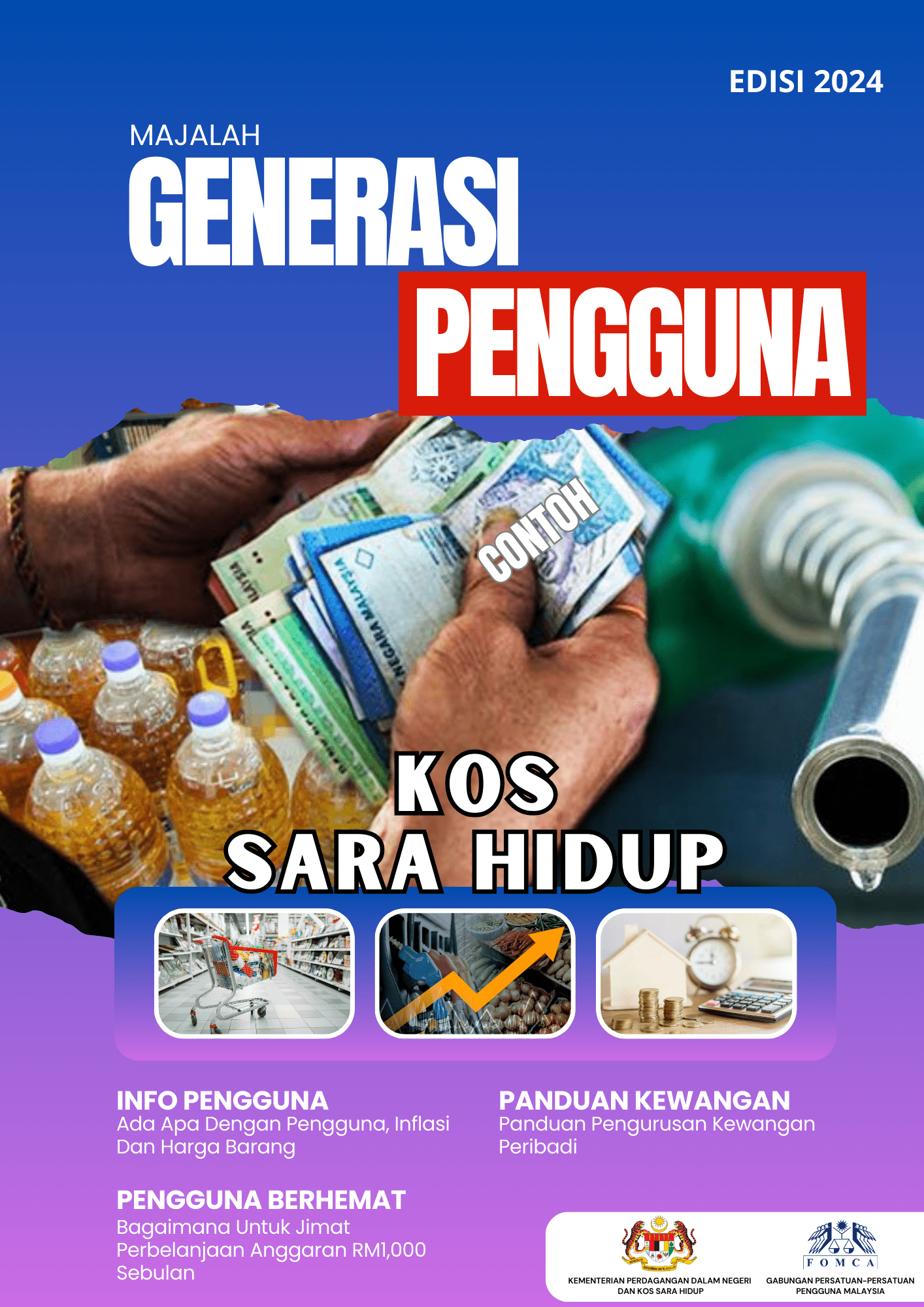 PETALING JAYA: There are correlations between antimicrobial resistance (AMR) and air quality, say experts.
PETALING JAYA: There are correlations between antimicrobial resistance (AMR) and air quality, say experts.
However, they said further studies are needed to ascertain its impact in the local setting. They were commenting on a recent study published in the Lancet Planetary Health journal, indicating the correlation between air pollution and AMR.
Head of Infection Control Unit, Department of Medical Microbiology at Sultan Abdul Aziz Shah Hospital UPM, Tengku Dr Zetty Maztura Tengku Jamaluddin said the occurrence of antibacterial genetic elements have been documented in the environment, including in water and soil.
“PM2.5 is a fine particulate matter, with a diameter of 2.5 micrometers or smaller. These tiny particles are a component of air pollution and can be released into the atmosphere from various sources, including industrial processes, vehicle emissions, and natural events like wildfires,” she said.
PM2.5 refers to atmospheric particulate matter (PM) with a diameter of less than 2.5 micrometers.
When inhaled, PM2.5 particles can penetrate deep into the respiratory system and have been linked to a range of health problems, including respiratory and cardiovascular diseases, added Tengku Dr Zetty, who is also a medical lecturer at Universiti Putra Malaysia’s Faculty of Medicine and Health Sciences.
She said PM2.5 may carry contaminants, including bacteria and other microorganisms.
“Exposure to low levels of antimicrobials may give rise to development of resistance. This is what we call selective pressure, that is survival of the fittest.
“Microorganisms that survive in polluted environments have a potential to spread resistance genes. As PM2.5 is small in size, it is airborne, thus easily suspended in air for farther distances,” she said, adding that further studies are needed to ascertain the impacts.
Meanwhile, Professor Sadequr Rahman from Monash University Malaysia’s School of Science said PM2.5 particles are tiny particles, which are at most 1/30 the size of human hair.
“There clearly are correlations between the extent of antimicrobial resistance and the air quality as measured by particles of PM2.5 as the referenced paper demonstrates,” he said.
“The paper finds that the more polluted the air with PM2.5 particles, the greater the prevalence of antimicrobial resistance in that area.
“This paper does not demonstrate that air pollution by particles of PM2.5 causes the spread of antimicrobial resistance. What it shows is that across the world, where there is high air pollution, there is increased antimicrobial resistance. Higher air pollution could reflect worse living conditions in general in those areas,” he added.
The study conducted by researchers from Zhejiang University, China and University of Cambridge, England suggested that tiny airborne pollutants may be linked to higher rates of drug-resistant lethal bacteria.
Based on data from 116 countries between 2000 and 2018 and more than 11.5 million lab test results covering nine bacterial pathogens and 43 types of antibiotics, the researchers concluded that air pollution is one of the leading factors driving AMR.



